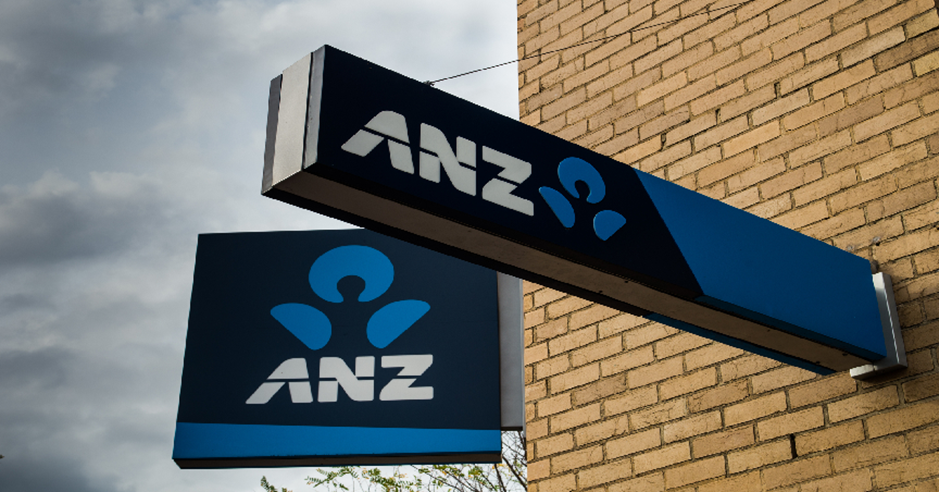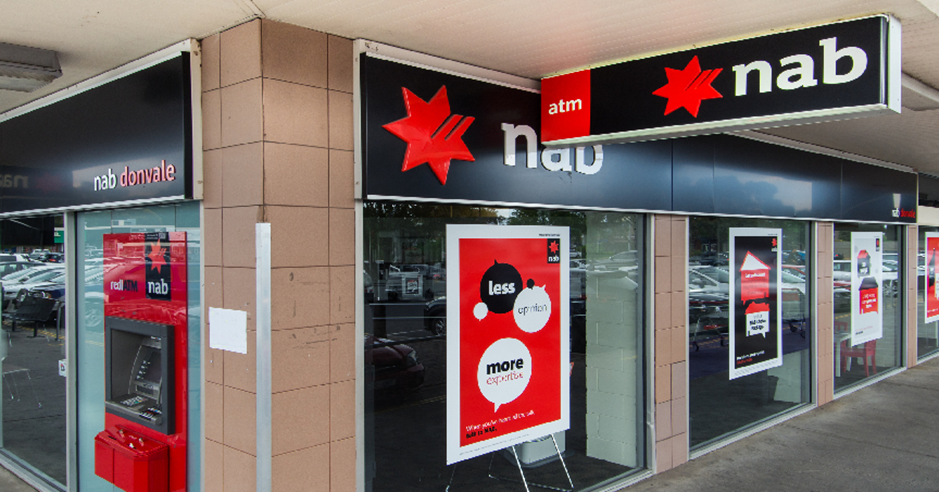Highlights:
- CBA, ANZ, NAB, and WBC are among the largest banks in Australia.
- These banks are categorised based on their assets, market capitalisation, earnings, and customer base.
The banking sector in Australia is primarily dominated by four banking institutions – Commonwealth Bank of Australia (ASX:CBA), Australia and New Zealand Banking Group Limited (ASX:ANZ), National Australia Bank Limited (ASX:NAB), and Westpac Banking Group (ASX:WBC). Hence, these four banking institutions are collectively known as the ‘big four’ banks of Australia.
The big four banks are the top-ranked financial institutions in Australia in terms of assets, market capitalisation, earnings, and customer base.
In this article, we set forth a summary of the ASX performance of the big four Australian banks for our readers.
Commonwealth Bank of Australia (ASX:CBA)
Commonwealth Bank of Australia shares opened trading lower on the ASX today. Its share price slipped by 1.488% to AU$99.27 apiece at 10:36 AM AEDT on Friday morning.
In a year’s time, Commonwealth Bank’s share price has declined more than 5% on the ASX and on a year-to-date (YTD) basis, the bank’s share price has fallen by 3.24% on the ASX (as of 10:36 AM AEDT today).
The Commonwealth Bank of Australia is one of the Australian big four banks listed under the financial sector on the ASX. The company offers banking, financial, and other relevant services to its customers all over Australia.
Commonwealth Bank’s services can be broadly classified into two categories: the retail management segment and the risk-rating segment.
The retail management segment includes house loans, credit cards, personal loans, and personal overdrafts.
The risk-rating segment includes non-retail exposures such as bank and sovereign exposures. Each exposure is awarded an internal credit risk rating depending upon the probability of default and loss given default.
Australia and New Zealand Banking Group Limited (ASX:ANZ)

Image source: © Nilsversemann | Megapixl.com
Shares of Australia and New Zealand Banking Group Limited opened today’s trading session on a negative note on the ASX. They were quoted at AU$25.47 apiece on the ASX at 10:27 AM AEDT on Friday morning.
ANZ’s share price has fallen over 9% on the ASX in the previous year. Moreover, on a YTD basis, ANZ’s share price has declined by 8.33% on the ASX. However, in the last month, ANZ’s share price has gained by almost 8% on the ASX (as of 10:27 AM AEDT today).
Headquartered in Melbourne, ANZ is one of the largest banking institutions in Australia.
ANZ serves the government, international institutions, and corporate clients in Australia, New Zealand, and other countries through its three product sets: transaction banking, corporate finance, and markets, which is also known as the institutional segment.
the bank’s personal and commercial services are incorporated in its New Zealand section.
ANZ’s retail clients, small- and medium-sized businesses, institutional customers, and governments in the Pacific Islands are taken care of by the bank’s Pacific sector. This sector also offers consumer goods to retail customers.
The Group Centre component of ANZ offers support for technology, group operations, shared services, financial management, strategy, marketing, human resources, property, risk management, and corporate affairs.
The bank’s current market capitalisation is AU$77.22 billion.
National Australia Bank Limited (ASX:NAB)

Image source: © Nilsversemann | Megapixl.com
National Australia Bank Limited opened Friday’s trading session on a negative note on the ASX. National Australia Bank’s shares were quoted at AU$31.560 apiece after declining by 1.034% on the ASX at 10:21 AM AEDT today.
NAB’s share price has marked a gain of almost 9% on the ASX in a year. On a YTD basis, the bank’s share price has increased by nearly 7% on the ASX (as of 10:21 AM AEDT today).
Established in 1982, National Australia Bank Limited is considered one of the big four financial institutions in Australia, based on its market capitalisation, assets, earnings, and customer base. The bank offers multiple services to its clients, such as internet banking, credit cards, accounts, insurance, and loans such as home loans and personal loans.
NAB was initially named the National Commercial Banking Corporation of Australia Limited at its inception. The bank was formed by merging the National Bank of Australasia and the Commercial Banking Company of Sydney.
Eventually, the company evolved with time and was renamed National Australia Bank Limited.
Westpac Banking Corporation (ASX:WBC)

Image source: © Ip9195 | Megapixl.com
Shares of Westpac Banking Corporation opened trading in the red territory on Friday morning. Westpac’s share price stood at AU$23.595 apiece after shedding 1.358% on the ASX at 10:15 AM AEDT today.
Westpac’s share price has increased by almost 9% on the ASX in the last month. Moreover, on a YTD basis, the bank’s share price has gained by 8.93% on the ASX. However, Westpac’s share price has declined by 8.65% in the last year (as of 10:15 AM AEDT today).
Westpac, established in 1871, was formerly known as the Bank of New South Wales. In 1982, the bank completed the acquisition of Commercial Bank of Australia and was renamed Westpac Banking Corporation.
Westpac offers a diverse range of financial, business and institutional banking, and wealth management services to its clients in Australia and New Zealand.
The Westpac Group comprises six significant divisions: Consumer, Business, Westpac Institutional Bank, Westpac New Zealand, Westpac Business, and a specialist business.
At 11:02 AM AEDT today, the S&P/ASX 200 Financials (INDEXASX:XFJ) was quoted at 6275.2 points, down by 1.579%.
The S&P/ASX 200 Banks (INDEXASX:XBK) was quoted at 2658.5 points, down by 1.712%, at 11:03 AM AEDT.



